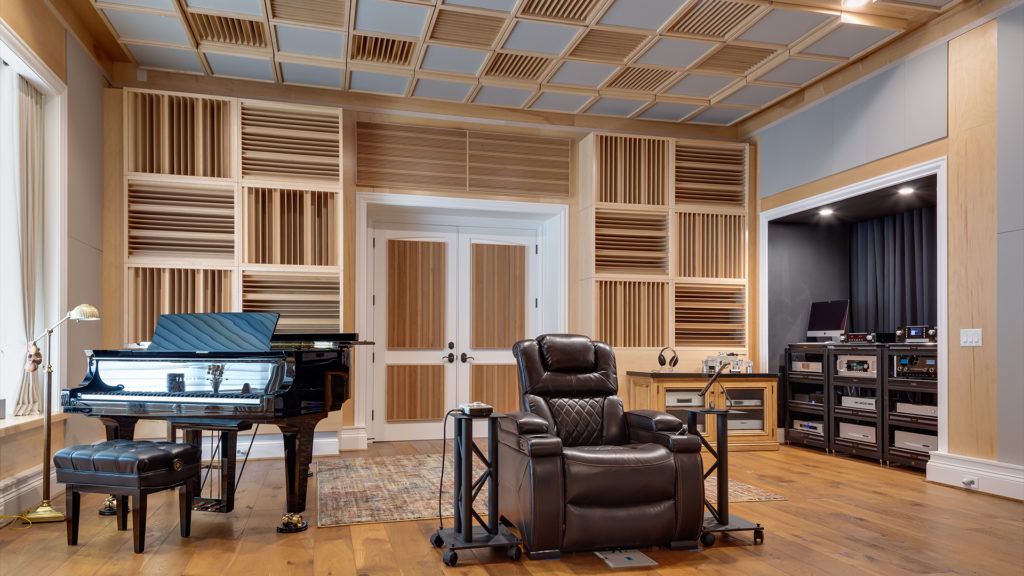
How do we approach the issue of music room ideas? First, we must decide what type of music room it is. Is it going to be a live room where people are playing instruments? How many players will we have and what instruments will they be playing? If everyone is playing acoustic instruments we will need very different music room ideas than if people are playing drums and bass guitar. When deciding and creating music room ideas, you must always look at the number and type of energy sources you will be using within the room. The room only sees energy and will react to that energy in a positive or negative way. The amount of energy you produce within the room is directly related to the size of the room. The more energy you place within the room, the more acoustical issues will be excited and thus producing a poorer sound quality. There must be a balance between any music room ideas and the amount of energy that will be placed within the room. All music room ideas must take into account many variables when building from the ground up or retrofitting an existing room.
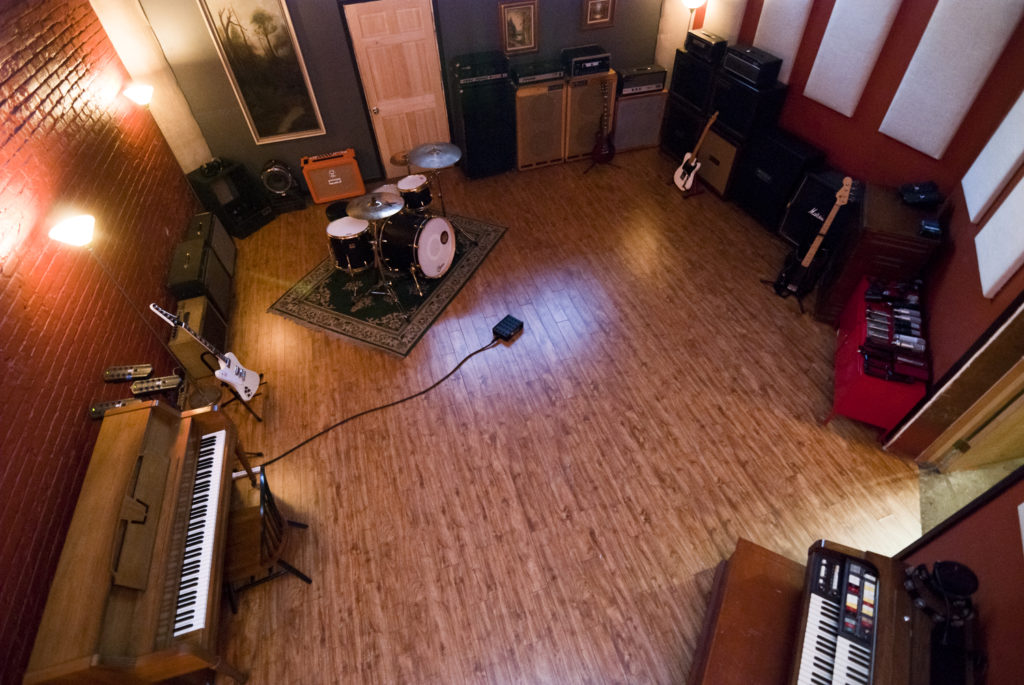
We can divide our music room ideas into two main types. We have a “live” room where people are playing instruments or singing. We can have a second type of room where people are listening to speakers and pre recorded music. Lets label these two rooms a live room and a listening room. A live room is defined by the instruments that are played within it. We could have a live drum room. We could have a live piano room. In our listening rooms, we could have a two channel system or we could have a home theater system. Each of these two room types will have similar acoustical needs and there will be other acoustical needs that are completely different from each other. All rooms will need to have the proper dimensions and volume so that they can hold and contain the energy. We have two types of energy management that must occur regardless of the room usage. We have noise transmission which is energy leaving the room and bothering others. and then we have absorption and diffusion for the management of energy within the room itself. Let’s examine both issues https://en.wikipedia.org/wiki/Absorption_(acoustics)
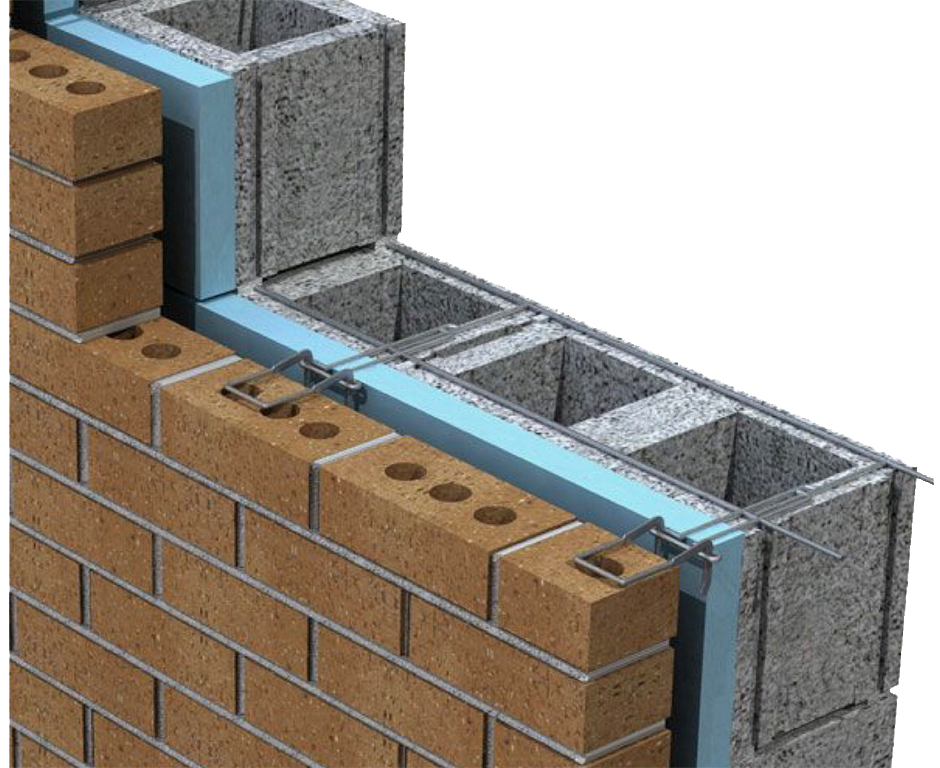
Noise transmission in today’s world is a must. The world has gotten crowded and noise leaving our rooms and disturbing others must be dealt with in the beginning though processes of any new music room ideas. Noise can destroy the best of any music room ideas. Noise transmission is described as noise leaving your room and bothering others or the reverse of that noise from others entering your room and disturbing you when you are listening to music. In order to make sure your room is not “leaking” noise, we must have walls that are built with the proper materials to reduce the transmission of noise. Not all wall material types are good at reducing noise. The technical term for a wall that will reduce noise is called a barrier. When you want to reduce noise from a source (garbage truck) to a receiver (bedroom) you build a barrier. The barrier or wall must be designed in such a way to reduce the transmission of noise. In order to accomplish that goal all noise sources must be measured. It is important to measure the noise because different noise has different frequencies and amplitudes and the walls or barriers you build must have those materials within them and be built in a manner that will attenuate the noise transmission. https://en.wikipedia.org/wiki/Noise_barrier
Once you get the noise measured and the proper barrier built. you can then focus upon the energy within the room. At Acoustic Fields, www.acousticfields.com we have a design service where we can assist you with all noise measurements. https://www.acousticfields.com/sound-barrier-technology/. We have two tools available to us to manage the energy within our rooms. We have absorption and diffusion. Absorption does just what the name implies. It absorbs excess energy to reduce low-frequency pressure and minimize reflections from our room boundary surfaces. We have two types of absorption technology we must consider. We have low-frequency absorption and we have middle and high frequency absorption. Low-frequency absorption is for frequencies below 100 hz. Middle and high frequency absorption is for frequencies above 100 hz. Both frequency ranges require different absorption technologies. Lower frequency issues require technologies that are heavy and take up a lot of space. In new builds, it can be built into the walls. If you have an existing room, you can use freestanding units along each wall surface area. With all frequency ranges within the room, it is all about the amount of treatment with the proper rate and level of absorption to minimize the low, middle, and high frequency issues. https://www.acousticfields.com/carbon-absorber-wall/
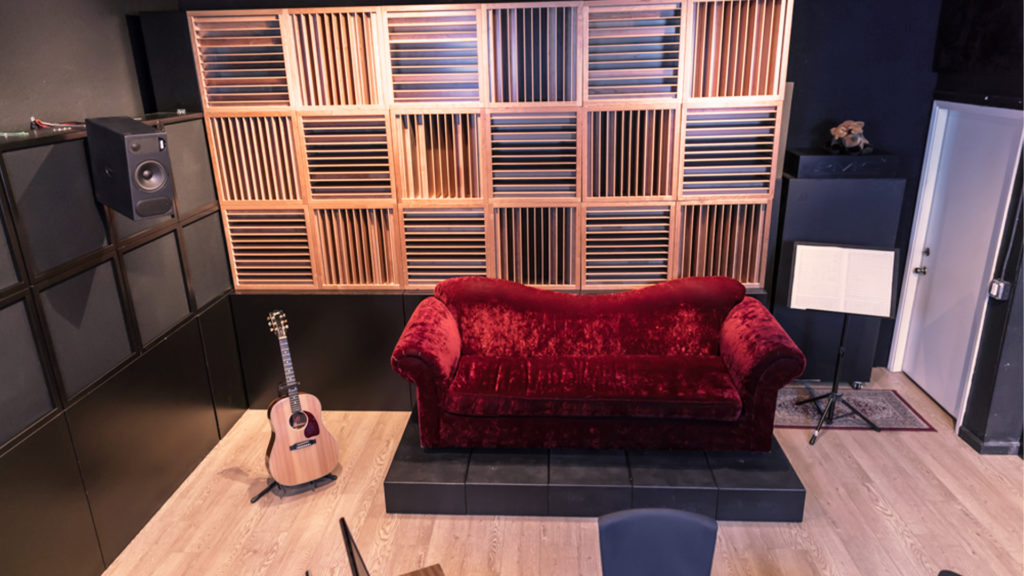
For middle and high frequency issues we have absorption and diffusion. Absorption for middle and high frequency issues can be accomplished in much less space than lower frequency issues. Most middle and high frequency absorption technologies can be accomplished using material types that are between 2″ – 4″ deep. Lower frequency absorption technologies can take up to 16″ of room space to manage lower frequency issues down into the 30 Hz. range. Diffusion is a technology to make a small room sound larger. Quadratic diffusion is the only true diffusion type currently available in the marketplace that will satisfy all the requirements that a room has to create a diffuse sound field. Quadratic diffusers are a series of wells or troughs that are calculated to deal with middle and high frequencies that range from 200 hz. – 3,500 hz. Quadratic diffusion comes in two major types. We have one and two dimensional diffusion. One dimensional diffusion diffusers energy into either a vertical or horizontal sound field. A two dimensional diffuser diffuses energy into both vertical and horizontal sound fields. https://www.acousticfields.com/product/acoustic-foam/


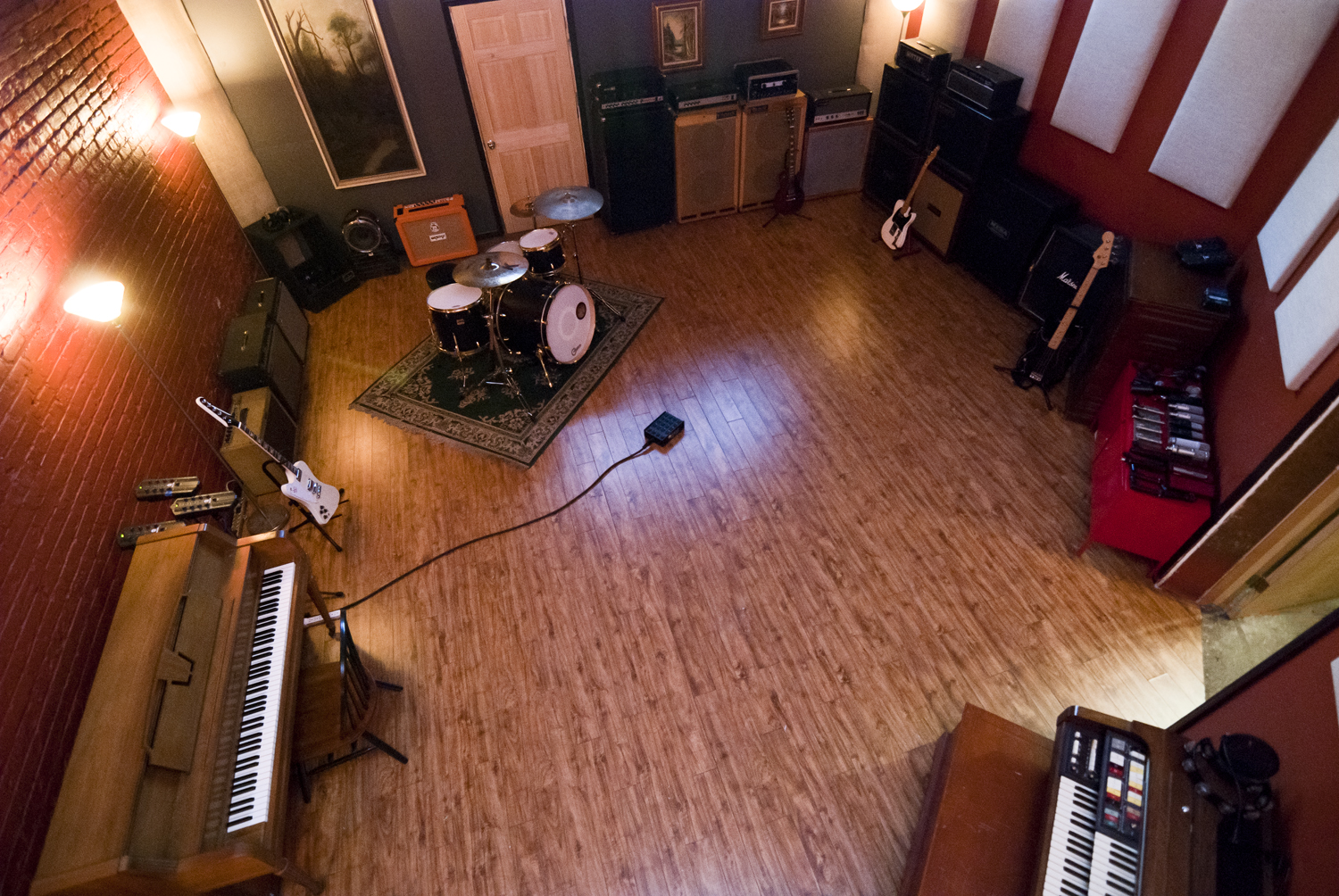





The discussion on ductwork noise transmission from Acoustic Fields highlights crucial aspects of HVAC system acoustics. The movement of air…
Great build plans. thank you Denis
You must use absorption. Never place a chair against a wall.
A friend and I built several diffusors using these plans and they turned out absolutely beautiful. Very good instructions and…